Jerusalem is one of the most breath-taking cities you can visit. There is no similar city that can overcome Jerusalem with its religious significance. It is one of the holiest sites of the three monotheistic religions in the world – Judaism, Christianity, and Islam. If you want to travel to Israel, a visit to Jerusalem is one of the most important places not to be missed. Wondering what places to see in Jerusalem? Then read on…
Jerusalem is one of the oldest cities in the world, dating back to 4,000 BC. The city is the spiritual centre of the Jewish nation. It was consecrated to the Jews as early as the 10th century BC when King David declared it the capital of biblical Israel. There are also the most important Christian monuments, including the tomb of Jesus Christ or the so-called Stations of the Cross, Via Dolorosa, along which Jesus walked with a cross on his back. Jerusalem is particularly important for Muslims, too – it is the third holiest place, mainly due to the important mosque, the Rock Dome. Here, the Prophet Muhammad was said to have ascended into heaven and met Allah and other prophets.
The city is divided into two parts, the Old Town and the new suburbs, which have grown into the area since the 19th century. The Old Town is located on an area of one square kilometre and is surrounded by a 4-kilometre wall with 7 gates. It is divided into Jewish, Christian, Muslim and Armenian districts. Armenians were the first nation in the world to adopt Christianity as their religion in 301 AD.

Temple Mount
Among the most important monuments to see in Jerusalem is the Temple Mount. It is a quadrangular area in which the oldest first and second Jewish temples stood out in ancient times. The second temple stood here until 70 AD when it was destroyed. All that remains of it is the western wall, which is still called the Wailing Wall. The Jews believe that the Temple Mount is where God dwells. It is also the place where the first man, Adam, was created and where, according to the Old Testament, Abraham sacrificed his son Isaac. That is why the prayers of all Jews around the world come here.
Currently, several buildings on the Temple Mount stand out, the most famous of which is the al-Aqsa Mosque and the Muslim pilgrimage site of the Dome of the Rock. It is the dominant mosque of the whole city, and its golden dome is unmistakable. The Dome of the Rock was built after Muslims conquered Jerusalem in 637 AD and is one of the oldest Muslim buildings in the world. It was built by a rabbi who converted to Islam. He believed that the Temple Mount was the place where Muhammad ascended to heaven. The Temple Mount was also the place where all the Muslims prayed. Because the Jews refused to recognize Muhammad as their prophet, Muslims shifted their interest to Mecca.
The Temple Mount is open to tourists, but its access is very limited. Find out the current opening hours and avoid Fridays – the main day when Muslims come here to pray.
Wailing Wall
The Wailing Wall, or Western Wall, is the holiest place for Jews. In ancient times, one of the first Jewish temples stood on this site, but it was destroyed. All that was left of it was the western wall of the outer walls, which was built by Herod the Great. Nevertheless, the Jews believe that the Spirit of the Lord still survives in the wall. They come here to pray regularly and express sorrow for the destruction of the temple. It is customary to write a prayer on a piece of paper and insert it into the joints between the stones. This ritual is over 500 years old.
Everyone can access the wall, including tourists. The wall is divided into a male and female part, while the part of the wall that connects to the built-in houses is also accessible to men. On Thursdays, you can watch the ongoing bar mitzvah ceremonies, during which young boys are introduced to ritual adulthood. On Saturday, which is the day of the Jewish holiday of Shabbat, it is forbidden to take pictures by the wall. Jews gather here for holiday prayers, but it is an interesting spectacle for tourists.
Temple of the Holy Sepulcher
What places you have to see in Jerusalem? The basilica called the Temple of the Holy Sepulcher, an important Christian monument and place of pilgrimage. The temple stands at the site of an alleged crucifixion near Golgotha and the subsequent burial and resurrection of Jesus Christ himself. The Roman emperor Constantine had the church built-in 335. In the meantime, the basilica was demolished and rebuilt several times before it acquired its present appearance. As a result, the interior of the temple is extensive and very complicated. Inside, there are several chapels, which are spread over several floors. Each part of the tabernacle is owned by a different church community, and they take care of the common areas together.
The Temple of the Holy Sepulcher hides the last 5 stops of the Via Dolorosa (Stations of the Cross). As soon as you enter, on the right, you will find a staircase leading to Golgotha, where Jesus was crucified. Immediately opposite the entrance is the stone of the last anointing, on which the body of Christ was laid after being removed from the cross. Jesus’ tomb is located separately in the aedicule, and usually, long queues are formed. You can wait two hours to get inside.
Via Dolorosa – Stations of the Cross
As you walk through Jerusalem, be sure to walk along Via Dolorosa, the only true Stations of the Cross. This is where Jesus carried his cross directly to the execution site – Golgotha. The route was not determined until the 18th century, so experts are not entirely sure if it led this way. However, according to the huge number of believers and visitors who come here from all over the world, it doesn’t matter. The Stations of the Cross has 14 stops, is 600 meters long and begins at the Lion’s Gate, which guards the entrance to the Old Town. The first eight stops are located in the Muslim Quarter, and there is typical Arabic chaos. The road leads through rich urban development and a marketplace, where merchants sell Christian props to tourists. There is also a huge wooden cross available for avid believers, which they can carry on their backs all the way.
Further stops continue through the Christian quarter, where there are countless chapels, churches and other tabernacles. Each stop of Christ is marked by a Roman numeral on the nearest building. The journey ends at Golgotha, in the temple of the Holy Sepulcher, where it ends with the last four stops. This is the place where Jesus was crucified, buried and risen from the dead.
Mount of Olives
If you want to see the whole Old City of Jerusalem, then be sure to step up the Mount of Olives. It is located less than a kilometre from the Lion’s Gate and offers the best views of the surroundings. Mount of Olives is named after the ancient olive trees that have been growing here in the Garden of Gethsemane for hundreds of years. It is said that they remember Jesus Christ himself, but it probably dates back to the 12th century. The Garden of Gethsemane is the place where Jesus often went and where he spent the last moments of his life before he was crucified. Here he was to sleep with his disciples, and here he was betrayed by Judas and arrested. The Basilica of Suffering, also known as the Church of All Nations, stands here. Inside is a piece of exposed rock, where Jesus was to pray just before his arrest. There is also a chapel of the Assumption of the Lord, from where Christ was to ascend to heaven. Imprints of his feet in a piece of exposed rock are preserved here.
In addition to the Christian tabernacles and beautiful views of the Old Jerusalem City, you will also find the largest Jewish cemetery in the world on the Mount of Olives. Burial began here 3,000 years ago. There are up to 300,000 graves, and the cemetery stretches from the foot of the hill to its top. It is here that the catacombs are hidden, the alleged tombs of Jewish pilgrims, such as Zechariah or Malachi. The Jews believe that the true Messiah will come from the Mount of Olives and raise all the dead on the way to Jerusalem. That is why this place is so important, and all the pious Jews wanted to be buried here in the Middle Ages.
Mount Zion
Mount Zion is a hill located at the southwest corner of the walls of the Old City of Jerusalem. It is a very attractive and sought-after place of pilgrimage for both Christians, Jews and Muslims. There is the Church of the Assumption of the Virgin Mary, from where the mother of Jesus was to ascend to heaven. Not far away is the tomb of King David of Israel. He ruled for 40 long years, during which he unified and expanded the territory of Israel. David is also important to Muslims because he is one of the prophets, and his name is mentioned several times in the Qur’an.
The last supper of Jesus Christ probably took place on Mount Zion too. The so-called dining room in which the event was to take place is incorporated into the Byzantine basilica, which has been rebuilt several times over the years. The room is interesting for its colonnade, and the whole space is elegantly restored. As you walk through all the important sites on Mount Zion, be sure to visit the Holocaust Memorial as well. Not far from it lies the tomb of Oskar Schindler, a Nazi who saved the lives of thousands of Jews during the war.

Oskar Schindler saved thousands of Jewish lives during the war
Roman Street Cardo
Roman Street is undoubtedly one of the interesting places to see in Jerusalem. The first Jewish war took place in 66-74 AD and had a tremendous influence on the history of Jerusalem and the entire Jewish nation. The Jewish uprising against the Romans turned out to be catastrophic. The Romans conquered Jerusalem and destroyed the Second Temple, of which only the current Wailing Wall remains. Some Jews were forced to leave the country, and the population became significantly poorer. A new Roman city, Aelia Capitolina, was built on the site of the destroyed Jerusalem and was built by Emperor Hadrian. Jews were forbidden to enter the city, and this rule applied until the 4th century. The exception was one day a year when they could pray to the Wailing Wall.
Only the main street of the former Roman city, Cardo Street, has been preserved. It was 22 meters wide and was lined with shops, houses and tall columns, which have survived to this day. The street is located in a Jewish town a short distance from the Damascus Gate below the level of today’s terrain. At the end of the passage hangs a copy of the oldest mosaic map of Jerusalem. It dates from the 6th century and shows the city with its walls and Cardo Street. You can see the original mosaic map on the floor of a church in Madaba in Jordan.


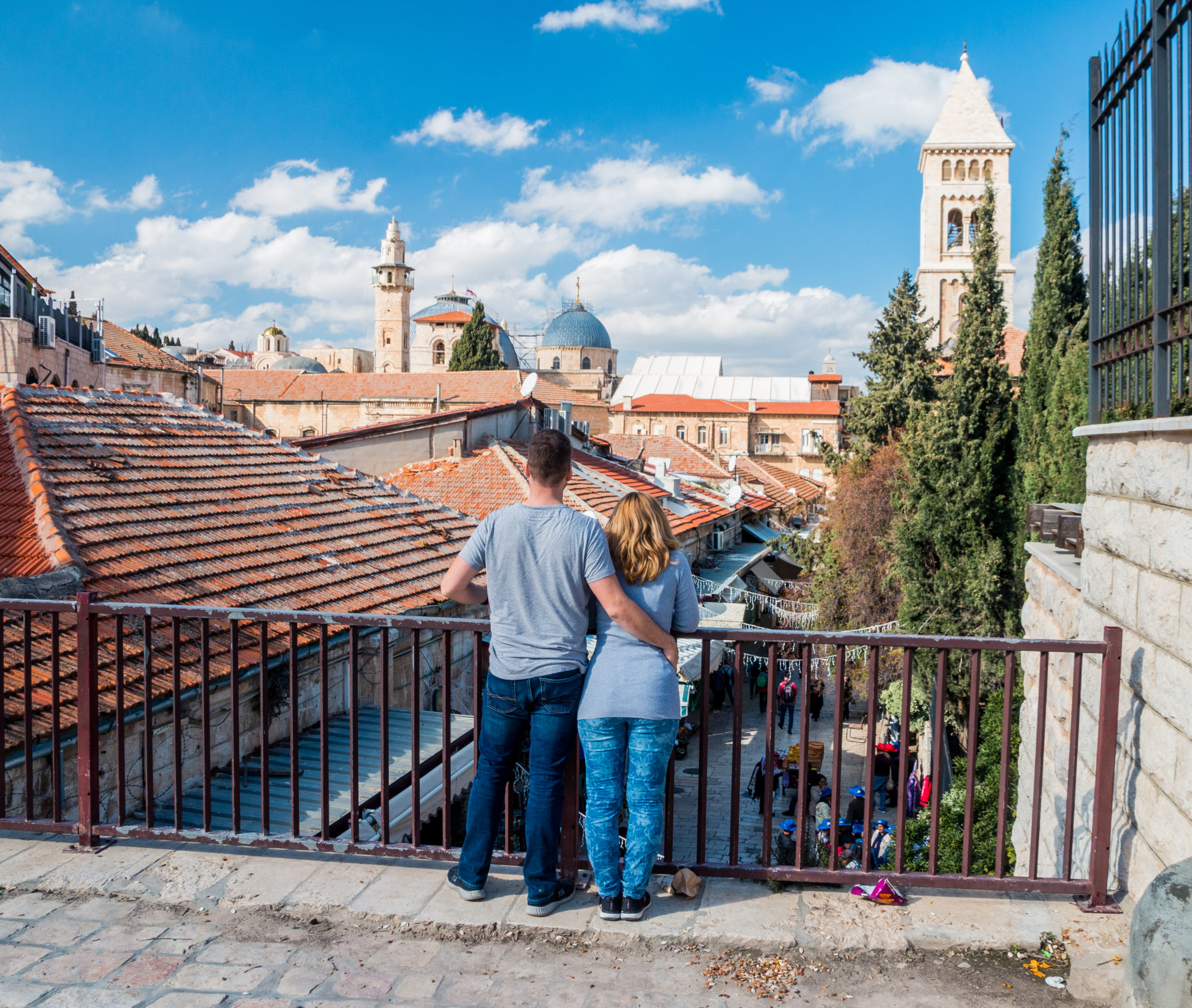


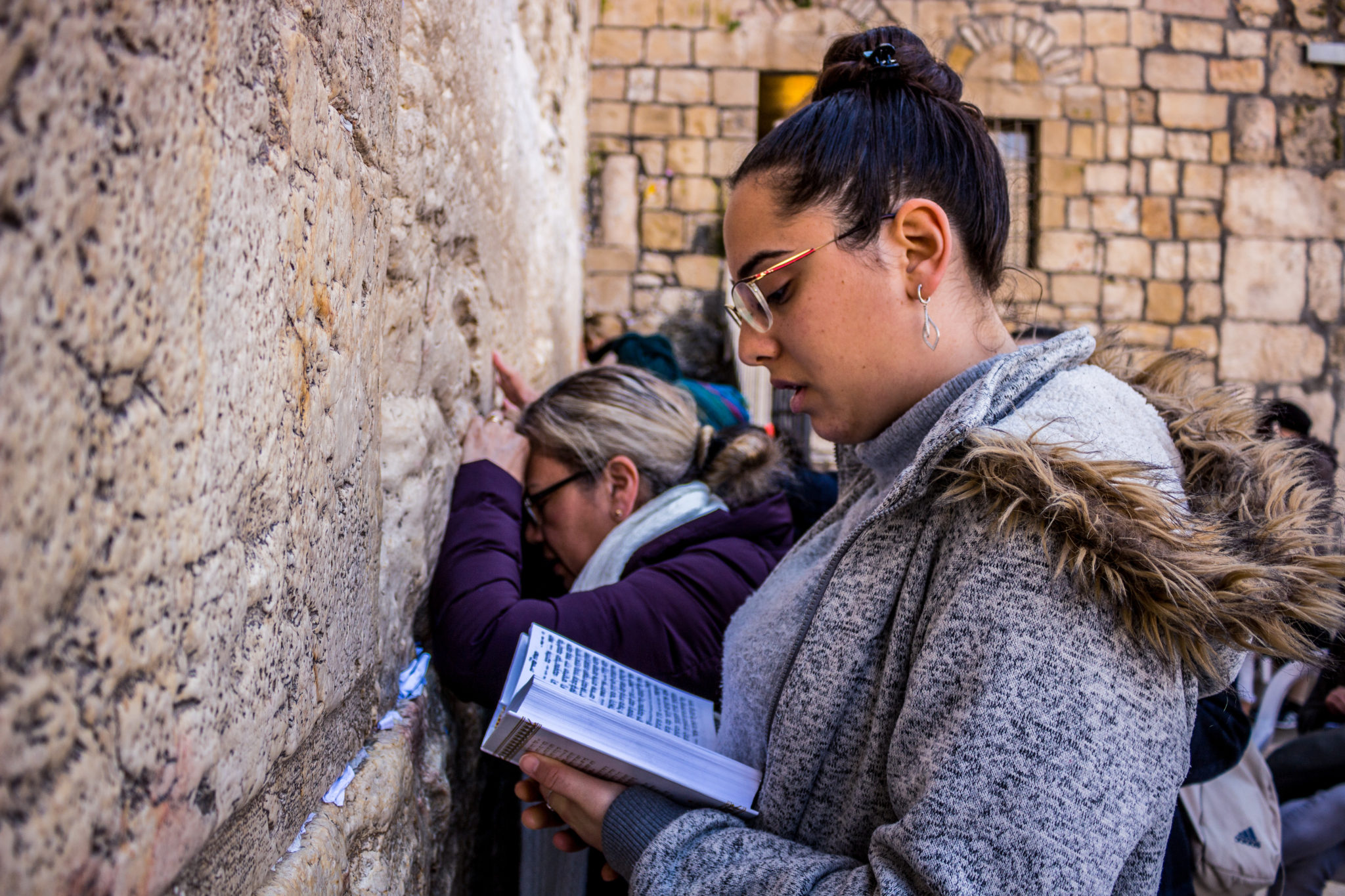
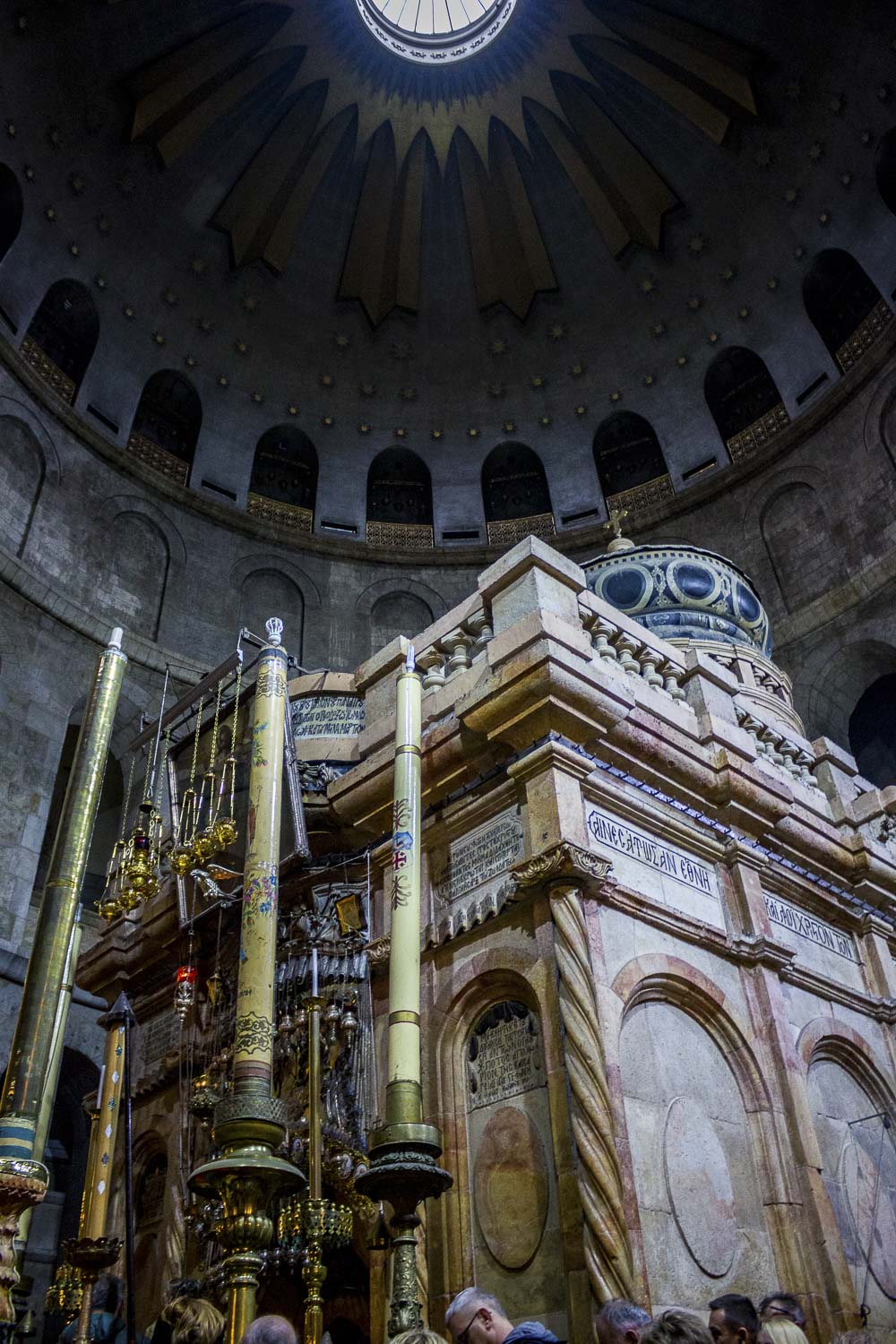
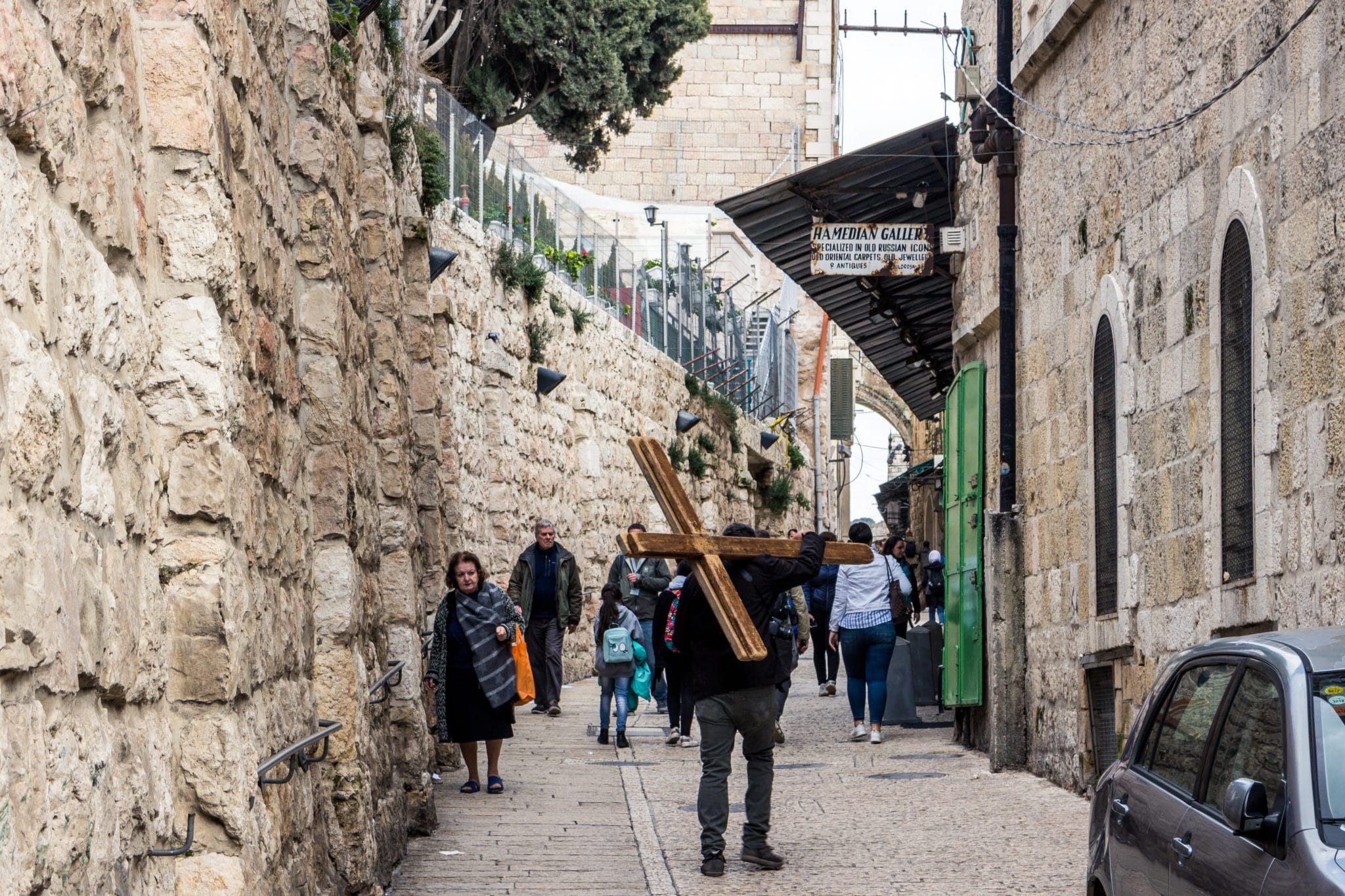

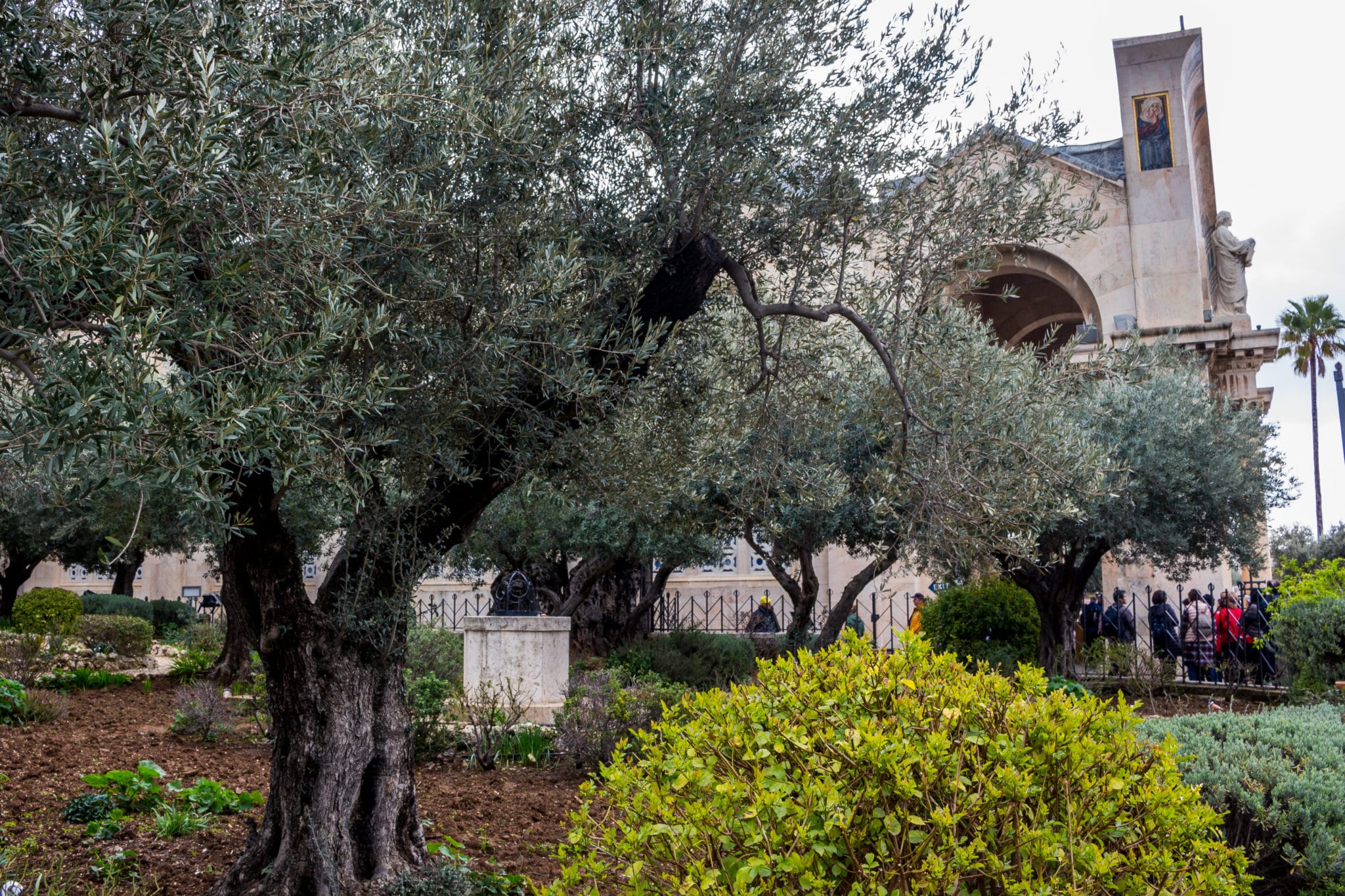

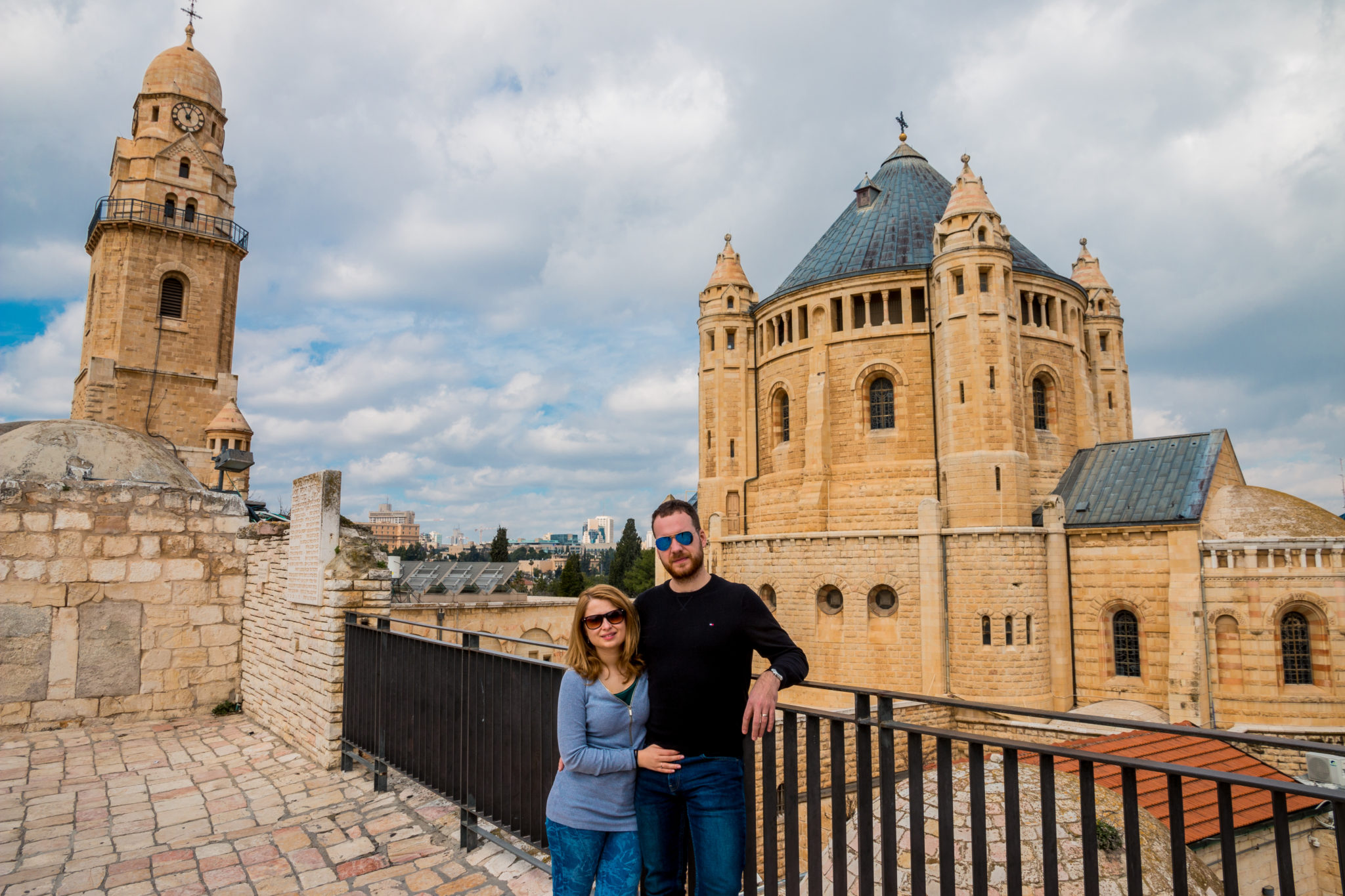
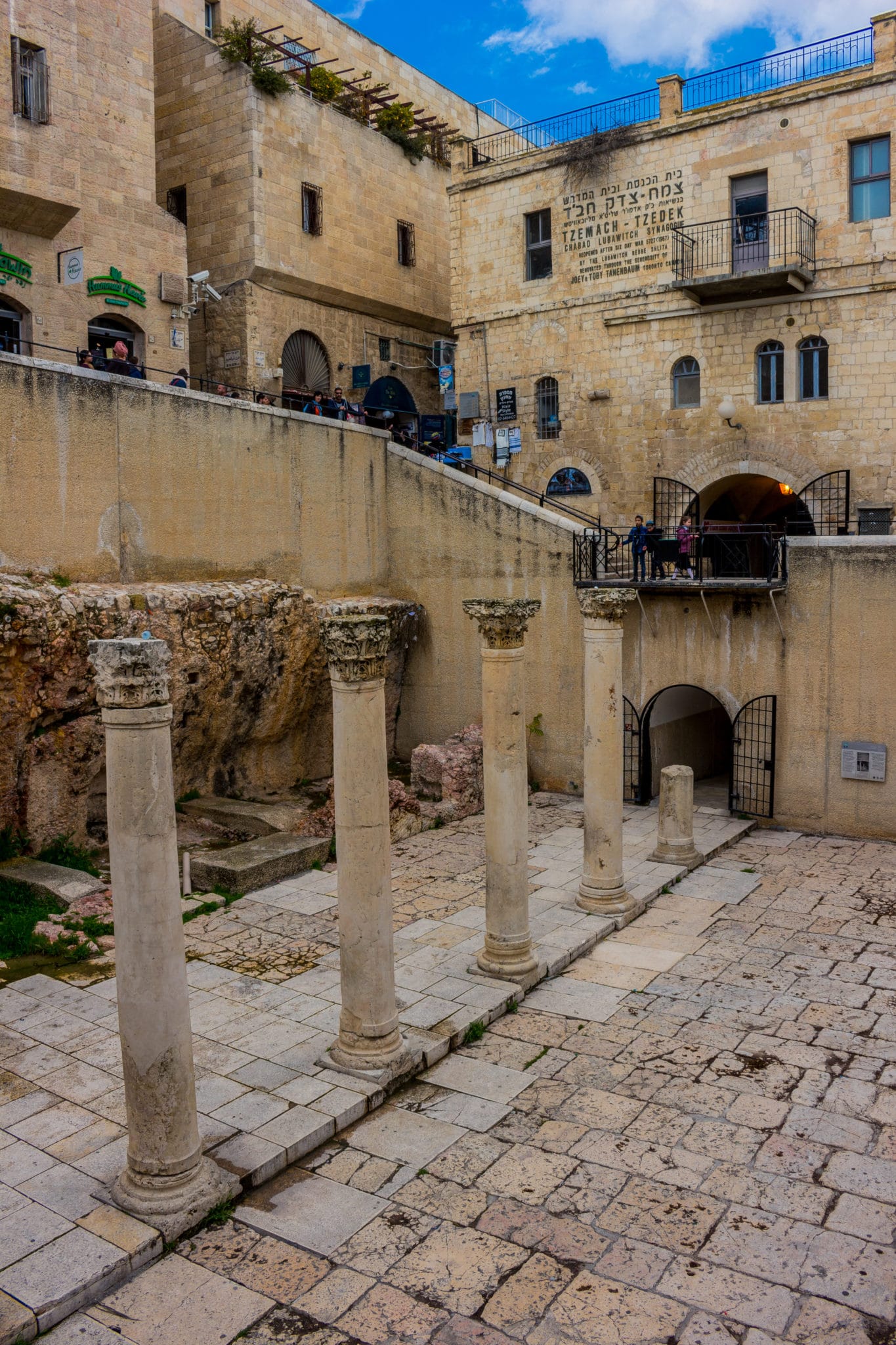
Leave A Comment